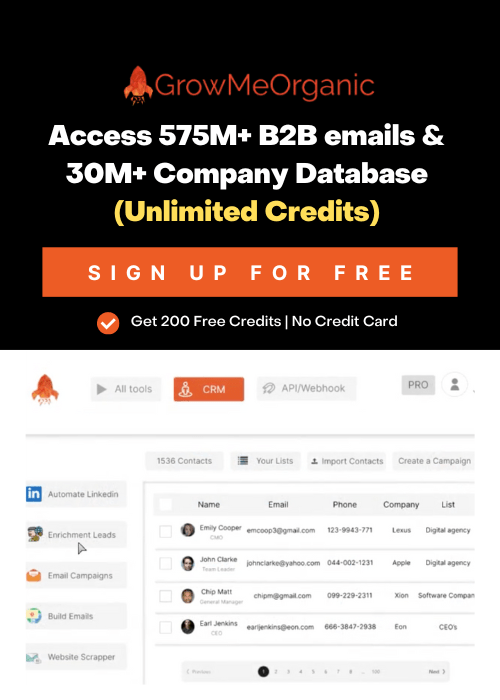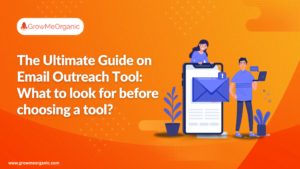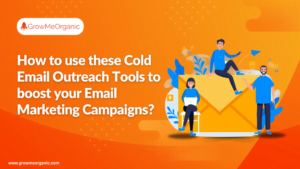Email deliverability is essential to a successful email marketing strategy. If your emails don’t reach recipients’ inboxes, they can’t drive the intended actions. This blog post covers what email throttling is and how to avoid it to improve deliverability.
What is Email Throttling?
Throttling in email occurs when an Internet Service Provider (ISP) limits the amount of email that can be received from a sender during a given timeframe.
During throttling, your email service provider (ESP) sends emails to many recipients, but only for a few seconds. Your Internet Service Provider (ISP) blocks subsequent delivery attempts, creating a “soft bounce.”
Your email may be temporarily unavailable and may appear with an error message, such as:
- The user is receiving too many emails; please try again later.
- Mail not delivered.
- The user’s mailbox exceeds the quota.
- Your daily sending limit has been reached.
Though often used interchangeably, email throttling and deferrals differ. Throttling prevents the ISP from delivering emails altogether, while a deferral means the ISP temporarily rejects the delivery attempt, requesting it be sent again later.
Now that we know the email throttling meaning, let’s know the reasons.
Why Do Emails Get Throttled?
During a specific period, ISPs limit the mail they receive from a sender. If you cross the threshold, your ISP rejects your delivery request, increasing bouncebacks.
The limits differ depending on several factors, such as your Internet Protocol (IP) address, abuse complaints, bounce rates, subscriber engagement, and spam hit rates.
Until an IP’s reputation is established, an ISP may limit the traffic it sends each day to a lower threshold.
ISPs might reject a delivery attempt for a variety of reasons, including:
- Your server thinks you’re sending spam because you are sending emails so fast.
- The addresses in your email database are inactive or nonexistent because you have not cleaned your list.
- There have been complaints about your emails being marked as spam or people marking them as abusive. If this situation arises, the ISP may temporarily reject delivery attempts to test how other recipients react.
- Too many emails are coming from a new IP that has yet to establish a good reputation.
- Inboxes are overflowing.
- ISPs don’t have open ports for more email traffic.
Impact Of Email Throttling On Email Marketing
Throttling email for sales outreach can negatively affect Your email marketing efforts in numerous ways.
A high email throttling rate can damage your sender’s reputation and negatively affect your email deliverability, resulting in an unsuccessful email marketing campaign.
Email marketing provides the highest return on investment compared to other digital channels. For every dollar spent on email marketing, you get $42. 87% of B2C marketers automate email marketing as the most effective customer acquisition tactic.
Nowadays, when marketers compete to earn a place in subscribers’ inboxes, protecting your domain’s and IP’s reputation is important. Here is how email throttling can affect your email marketing strategies.
Delays in Delivery:
Email throttling can slow delivery, meaning your subscribers might get your emails later than you planned. This delay can frustrate your audience, decreasing engagement as they may not see your message at the right time.
Low Rate of Email Deliverability:
When your emails are repeatedly throttled, it can hurt your sender’s reputation. Mailbox providers (like Gmail or Yahoo) might start blocking or filtering your emails into spam folders. As a result, fewer emails will land in your subscribers’ inboxes, and your campaigns may not be as effective as they could be.
Inconsistent Performance of Email Campaigns:
Throttling can lead to unpredictable results from your campaigns. You may notice that your open rates, click-through rates, and other performance metrics fluctuate, making it hard to determine what’s working and what isn’t.
Unable to Reach New Subscribers:
If you’re using a new IP address or domain, throttling can also make it harder to reach fresh subscribers. Email service providers are often cautious when dealing with new senders, so your emails may face delays or issues reaching these new contacts.
Email throttling can seriously affect your email marketing efforts. By understanding these challenges, you can take steps to ensure your emails reach your audience on time and prevent email throttling.
Confused? Here is what you can do!
Preventing Email Throttling: Easy Steps to Follow
For a strong sender score, it is imperative to take remedial measures to avoid future email throttling. You can do a few things to avoid throttling:
Follow Email Authentication Protocols
Use email authentication methods like SPF, DKIM, and DMARC to confirm that your emails come from a trusted source. This helps prevent emails from being marked as spam or rejected by email providers.
Start Warming Up Your New IP Address
Building trust takes time, and building a solid sender reputation is no different. You shouldn’t send too many emails too quickly if you’re using a new IP or domain.
You need to warm up your IP. In other words, send a few emails over some time. In the first 30 days, taking it slow and steady to establish your reputation and identity is better. Developing good emailing habits will allow you to increase the volume gradually as your campaigns require.
Build Sender Reputation
To build a good reputation, gradually warm up your domain by following email marketing best practices. Send relevant content, use a clear sender name and address, avoid spammy words, and clean your email list regularly to stay trusted.
Segmenting Your Email Traffic
You can separate your marketing and transactional email traffic by warming up your IP. Thus, each list can be built and maintained independently.
Cleaning Your Email Databases
Remove all inactive and non-existing emails and unsubscribes from your list to keep your database clean. When your email database is clean and active, bouncebacks are reduced, which means better email delivery.
Using Email Throttling Schedules With An Email Automation Tool
An email automation tool can make managing your email campaigns much more accessible by helping you control how quickly your emails are sent out. Instead of sending all your emails at once, these tools allow you to schedule them over time.
For example, with an automation tool, you can set daily limits on how many emails are sent and even add delays between messages. This keeps the flow steady and avoids overwhelming your system or causing delivery delays.
Spreading Out Emails
Try spreading them out over time to avoid sudden spikes that could lead to throttling. Some email service providers (ESPs) automatically manage this by using multiple IP addresses to send your campaigns.
This helps reduce the risk of throttling, ensuring your emails are delivered consistently without delays. So, split your lists into actionable sections to avoid getting flagged.
Understanding ESPs and Their Limits
Each ESP has its sending limits. Knowing these limits is crucial to avoid email throttling, as exceeding them can result in bounces, blocks, and damage to your sending reputation.
Worry not as all issues related to email throttling can be handled with an email automation tool. Just take your user experience seriously and stop sending emails randomly to remind them of your brand. All you need is a plan!
GrowMeOrganic: Your Ideal Email Throttling Tool for Unhindered Sales Outreach
GrowMeOrganic can help tackle email throttling with its smart automation features that control the pace and timing of your email sends.
By setting daily limits, adding delays, and using multiple IP addresses, GrowMeOrganic ensures steady delivery and minimizes the risk of throttling. You’ll see higher deliverability and consistent engagement with clean list management and advanced scheduling.
Stop worrying about throttling—take control with GrowMeOrganic!
Ready to optimize your email campaigns? Sign up today for a 14-day free trial today!
FAQs related to Email Throttling
1. What Does Throttling Mean In Email Outreach Campaigns?
Throttling in email outreach slows the email sending rate to avoid overwhelming inbox providers. Internet Service Providers (ISPs) cap the number of emails they accept at once. Sending too many can lead to delays, bounces, or spam markings.
2. What Is Throttle Rate In Email Marketing?
Throttle rate refers to the speed at which emails are sent over time, controlling the number delivered per hour or day to avoid overwhelming inbox providers. Proper throttle rate management enhances deliverability and helps prevent emails from being blocked or marked as spam.
3. What Happens When A Request Is Throttled?
When a request is throttled, the email service temporarily slows, or blocks email sends to regulate flow. This can delay delivery or result in soft bounces and errors. Throttling helps prevent spam and safeguards inbox providers from sudden, high-volume sends.
4. How Can I Stop Email Throttling?
To reduce email throttling, warm up new IPs by sending gradually, authenticate emails with SPF, DKIM, and DMARC, and clean your list to remove inactive contacts. Segment your list to avoid large sends and use automation tools to control the send rate, improving deliverability and sender reputation.
5. What is the Gmail limit For sending emails per day?
With a standard Gmail account, the daily email limit is 500 emails. However, with a Google Workspace account, you can send up to 2,000 emails daily, reaching up to 10,000 recipients. This increased limit helps businesses manage larger email campaigns without facing throttling or delivery issues.
About Post Author
Anant Gupta
Growth Hacker, Marketing Automation Enthusiast & Founder of GrowMeOrganic







